How and Why You Should Use Compression Socks for DVT
Written By Alecsa Stewart
Scientifically Reviewed by Daniel Chantigian
If you suffer from deep vein thrombosis (DVT) or look after someone who does, you may be wondering why you should use compression socks for DVT and what are the best compression socks for DVT.
DVT can take on a variety of forms, but it’s always caused by a blood clot forming in one or more of the deep veins in the body, usually in the legs. As a result, you may experience leg pain, swelling, color changes of the skin, or odd feelings of warmth. However, some do not experience noticeable symptoms until the condition develops further.
Since compression socks are a great relief for lower limb pain and swelling, they can be excellent for tackling symptoms of deep vein thrombosis. In this article, we will look at how compression stockings help with DVT, what are the benefits of compression garments for DVT, and what are the best ways to use compression socks for deep vein thrombosis.

Do Compression Socks and Stockings Help DVT?
Through their gentle pressure and by stimulating circulation in the legs, compression socks can provide welcome and invaluable relief for DVT symptoms. For those who travel a lot and find themselves not moving for long stretches of time, for example when sitting down on a plane, there is a high risk of blood clots forming and ultimately of developing DVT; importantly, research studies found that compression socks reduce this risk. Additionally, you could be at risk of DVT if you take certain medications (e.g. birth control or estrogen), if you’ve been suffering from chronic dehydration, or if you’ve had a recent surgery that requires you to be bed-ridden.
In all these cases, your legs are not getting the amount of movement a healthy, active individual would normally. However, patients who wear compression stockings in hospitals after surgery have been found less likely to develop DVT, and those who travel frequently swear by them as well.
The benefits of compression stockings for DVT include a continuous stimulation of blood flow, as well as an energized, lighter feeling in your legs. Furthermore, a scientific meta-analysis found that compression socks reduce the risk of post thrombotic syndrome, which is a condition that develops from DVT and can cause severely damaged leg veins and chronic pain.
Through the therapeutic pressure applied to the legs and ankles, compression socks or stockings reduce the likelihood of developing a blood clot, which could turn into DVT, and compression socks also reduce the risk of painful symptoms or further health complications from DVT. They also protect patients from cuts and grazes which could be an added pain for those with diabetes, for example.
How Do Compression Socks Work for DVT?
Compression socks are often prescribed by doctors to those patients recovering from illness or surgery and spending a long time not moving. They are also extremely appreciated by frequent flyers and by people who spend a long time on their feet, e.g. nurses. But what is it about compression socks that makes them work for DVT?
Compression socks apply therapeutic pressure to the legs, starting from the ankle and gradually easing as it climbs towards your knees. This graduated compression releases pressure and pain in the lower limbs and stimulates blood flow. By squeezing the legs, blood circulation is stimulated, which allows for better blood flow out of the legs and improved oxygen transport while also promoting muscular recovery after long walks or exercising.
As the blood moves better through the veins in your legs, wearing compression stockings for DVT avoids the formation of blood clots – and, in turn, the onset of deep vein thrombosis.
Compression socks are also useful for relieving the symptoms of DVT, according to clinical research in the Journal of Vascular Surgery. Compression stockings help prevent further blood clots, reduce painful swelling, and reduce the risk of post thrombotic syndrome by approximately 40%. This scientific evidence suggests that you should wear compression garments for DVT so you can avoid painful symptoms and improve the quality of your life.
The Benefits of Compression Socks for DVT
Thanks to the action we have described above, you can expect compression socks to help you avoid or treat the symptoms of DVT, and they can also give you a host of benefits in everyday life.
At a glance, wearing compression socks gives DVT patients and/or regular wearers:
-
A feeling of energized, happier and lighter legs
-
Better circulation
-
Reduced swelling in the lower limbs
-
Less pain
-
Boosted muscle recovery after physical effort
-
Less discomfort
-
Overall better health for your legs
If you suffer from DVT, the Mayo Clinic states that you are likely to experience the following symptoms:
-
Leg swelling
-
Leg pain and soreness, as well as cramps, often starting in the calf muscles
-
A change of skin color on the leg, becoming more red or purple (depending on your natural skin color)
-
A feeling of warmth on the affected leg
While compression stockings may not be able to help with the third and fourth symptoms above, the swelling and pain are areas that can be alleviated by compression therapy. You should also try and move as much as possible if you are at risk of DVT, by taking short walks (if this is an option).
To further decrease the risk of developing DVT, it is advised that you avoid smoking and manage your weight, as both these lifestyle choices can put you at an increased risk of developing DVT.
Ways to Use Compression Stockings and Socks for DVT
If you are wondering how to use compression stockings for DVT, they are quite simple and straightforward. First, you will need to choose the type of garment you would prefer to wear:
-
Compression stockings go high up the leg, up to the pelvic area. These will give your entire leg muscles well-deserved support, which will help your whole legs benefit from the graduated compression. They are great for runners and walkers, but also for people who have been lying in bed and unable to move for extended periods of time.
-
Compression socks typically go as high up as your knee. They are extremely versatile, and you can pair them with any type of outfit. From casual everyday wear to specific Merino wool socks, which are better suited for hiking, or Nylon socks that can be preferable when running, you can find the compression socks for any outfit that allow you to get the benefits of preventing DVT symptoms. You also get a wide range of colors and styles.
-
Open-toe compression socks are ideal for summer, or in cases where you would prefer to have your toes unconstrained by material.
-
TED hose are a type of stocking specifically designed to prevent blood clots and swelling in the legs, also known as anti-embolism stockings. They are specifically designed to apply pressure to the superficial veins in the legs, and are meant for non-mobile persons or bedridden post-surgery patients. They are far less versatile than compression socks and you are not expected to walk around while wearing them.
Next, wearing compression socks for DVT is as simple as wearing any type of socks! You can choose your socks by paying attention to:
Size. You will want your compression socks or stockings to be tight enough that you can get the compression benefit, but not so tight that they are uncomfortable. We recommend trying a pair in the store and gradually “easing into” wearing them – by starting off with a few hours at a time, and then slowly increasing. To find the right size of compression sock for DVT, use our helpful sizing guide here.
Compression level. You will notice that our socks come in three levels of compression, all measured in mmHg:
-
15-20 mmHg is the lightest level of compression, offering moderate support and easy to wear all day, when traveling or if suffering from mild swelling, during pregnancy, or if you have varicose veins.
-
20-30 mmHg is a level that offers moderate to firm support and is the most commonly recommended for edema and DVT, as well as in pre- and post-surgery scenarios.
-
30-40 mmHg is the firmest support level and will be prescribed by a doctor to treat conditions like DVT but also venous insufficiency, lymphedema and more.
Material. As we mentioned above, depending on the activity and weather conditions, you will want to choose different types of material for your compression socks. You can wear cotton socks anytime, anywhere. For more moisture wicking and extra warmth, choose Merino wool. And, if you are looking for lighter, sleeker materials, then we have a range of Nylon and moisture-wicking Nylon socks for you as well.
What are the causes of DVT?
People develop DVT as a result of certain medical conditions that affect blood circulation and how the blood clots. This research article discusses three contributing factors, called Virchow’s Triad, that often leads to the development of thrombosis:
-
Venous Stasis – a condition where blood has trouble moving through the body, specifically from the legs back to the heart (which compression socks can significantly help with)
-
Vascular Injury – when a blood vessel is damaged by crushing, pinching, puncturing, etc. This can cause internal bleeding, clotting, and other issues.
-
Hypercoagulability – this is a condition that causes blood to clot more easily.
Additionally, if you do not move for a long time – for example, bed-ridden patients after a surgery or an accident, sitting for a long time at your desk or on an airplane – you are at an increased risk to develop blood clots and DVT.
Commonly, blood clots stop a continuous bleeding after an incident. But, if the clots develop deep inside your veins, it is counterproductive to normal body functions. This can occur when the blood vessels are directly damaged. It is most common to develop DVT after a surgery or physical trauma.
Common risk factors for DVT include:
-
Surgery or physical trauma
-
Immobilization, which can increase the risk by 2-4 times
-
Previous history of DVT
-
Cancer malignancy
-
Pregnancy
-
Chronic medical conditions like heart failure, hypertension, chronic kidney disease, diabetes mellitus, and more
-
Lifestyle factors like obesity, smoking, alcohol use, chronic dehydration, sedentary behavior, and more
How long can you use compression socks?
You can wear compression socks for 24 hours once you’re comfortable with the feeling of graduated pressure on your legs. It is safe to do so. However, we would recommend that you start off by wearing your compression stockings, socks or calf sleeves for a few hours at a time, to allow your body to get used to them. Increase time worn slowly, and then adjust as you feel comfortable.
Can you wear compression socks while on blood thinners?
Blood thinners can cause serious bleeding problems, so anyone with a prescription for this medication should consult their doctor about combining it with any other type of support, supplement, or medication.
You should try to walk and be mobile, and wearing compression socks is usually recommended if you are taking blood thinners. However, we do suggest that you ask your doctor first.
The Best Compression Stockings for DVT
DVT is a condition that causes pain and swelling in the legs. Thanks to graduated compression and its benefits for blood circulation, wearing compression socks if you suffer from DVT can help alleviate pain and discomfort, reduce swelling, and allow you to feel better overall. This also applies to stockings, which are typically longer garments that cover more of your legs than the socks.
You do not have to have a prescription to start wearing compression stockings for DVT. Once you’ve found your size and material of choice, browse through our many styles here and start feeling the benefits right away!
If you have had an episode of DVT, be sure to consult your doctor about the best steps to prevent symptoms to keep you healthy and pain-free.
Shop stylish compression socks for DVT here!
References
Aschwanden, M., Jeanneret, C., Koller, M. T., Thalhammer, C., Bucher, H. C., & Jaeger, K. A. (2008). Effect of prolonged treatment with compression stockings to prevent post-thrombotic sequelae: a randomized controlled trial. Journal of vascular surgery, 47(5), 1015–1021. Read it here.
Brown, F., Gissane, C., Howatson, G., van Someren, K., Pedlar, C., & Hill, J. (2017). Compression Garments and Recovery from Exercise: A Meta-Analysis. Sports medicine (Auckland, N.Z.), 47(11), 2245–2267. Read it here.
Charles, T., Mackintosh, D., Healy, B., Perrin, K., Weatherall, M., & Beasley, R. (2011). Merino wool graduated compression stocking increases lower limb venous blood flow: a randomized controlled trial. Advances in therapy, 28(3), 227–237. Read it here.
Clarke, M. J., Broderick, C., Hopewell, S., Juszczak, E., & Eisinga, A. (2016). Compression stockings for preventing deep vein thrombosis in airline passengers. The Cochrane database of systematic reviews, 9(9), CD004002. Read it here.
Mayo Clinic Staff. (2022). Deep Vein Thrombosis (DVT). MayoClinic.org. Read it here.
McLendon K, Goyal A, Attia M. Deep Venous Thrombosis Risk Factors. [Updated 2023 Mar 17]. In: StatPearls [Internet]. Treasure Island (FL): StatPearls Publishing. Read it here.
Meng, J., Liu, W., Wu, Y., Xiao, Y., Tang, H., & Gao, S. (2023). Is it necessary to wear compression stockings and how long should they be worn for preventing post thrombotic syndrome? A meta-analysis of randomized controlled trials. Thrombosis research, 225, 79–86. Read it here.
Sachdeva, A., Dalton, M., & Lees, T. (2018). Graduated compression stockings for prevention of deep vein thrombosis. The Cochrane database of systematic reviews, 11(11), CD001484. Read it here.
Stone, J., Hangge, P., Albadawi, H., Wallace, A., Shamoun, F., Knuttien, M. G., Naidu, S., & Oklu, R. (2017). Deep vein thrombosis: pathogenesis, diagnosis, and medical management. Cardiovascular diagnosis and therapy, 7(Suppl 3), S276–S284. Read it here.
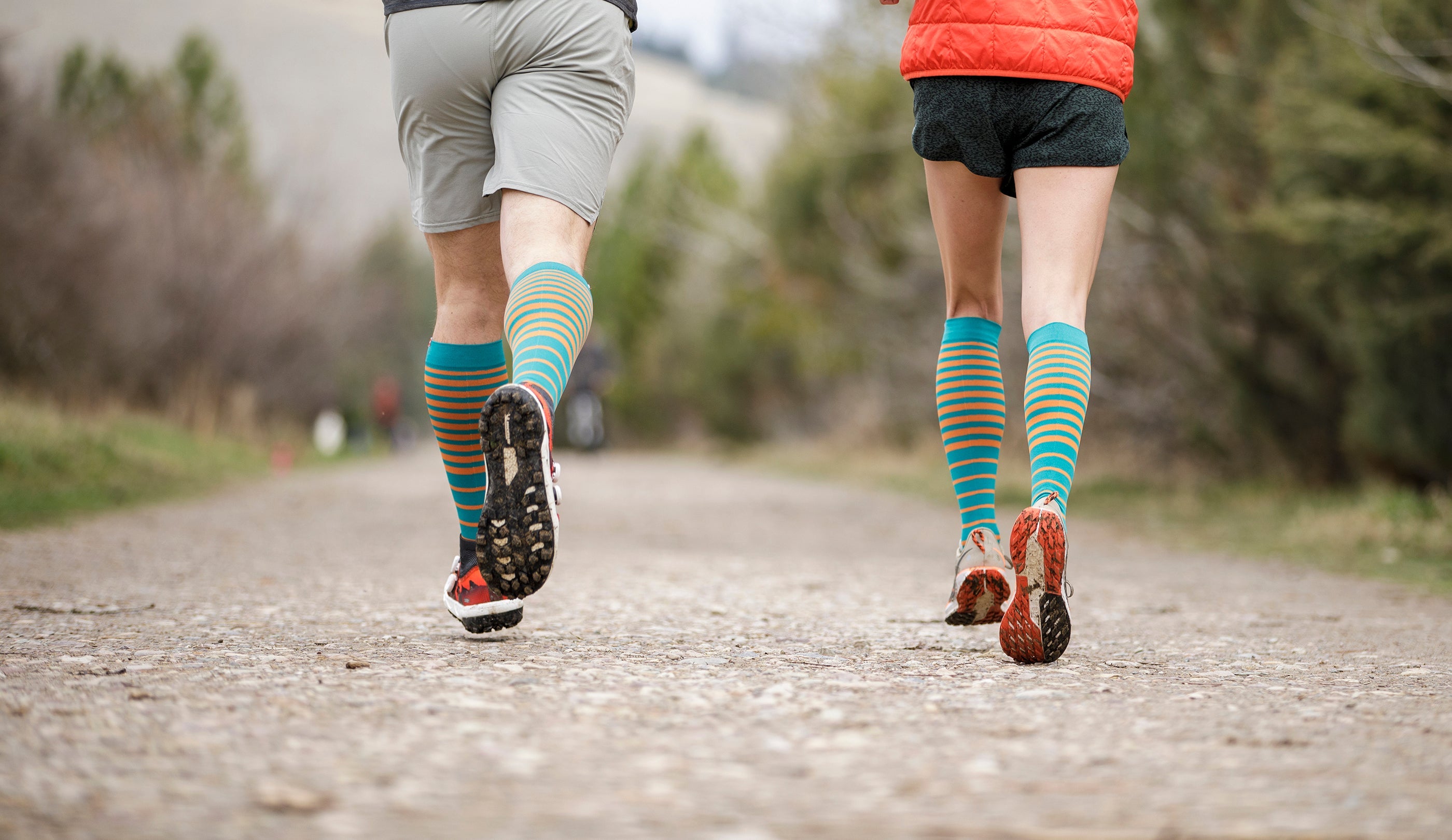
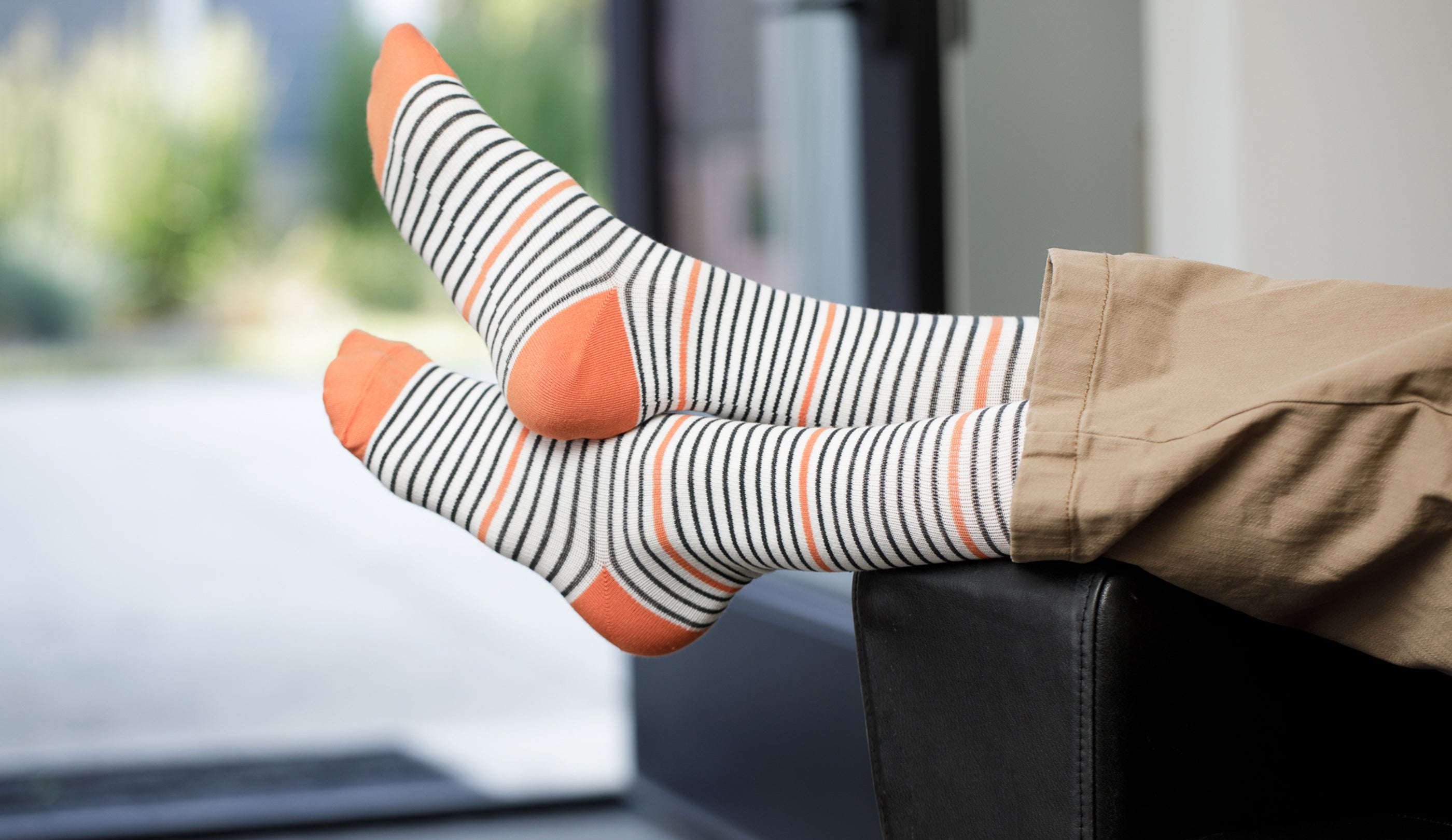

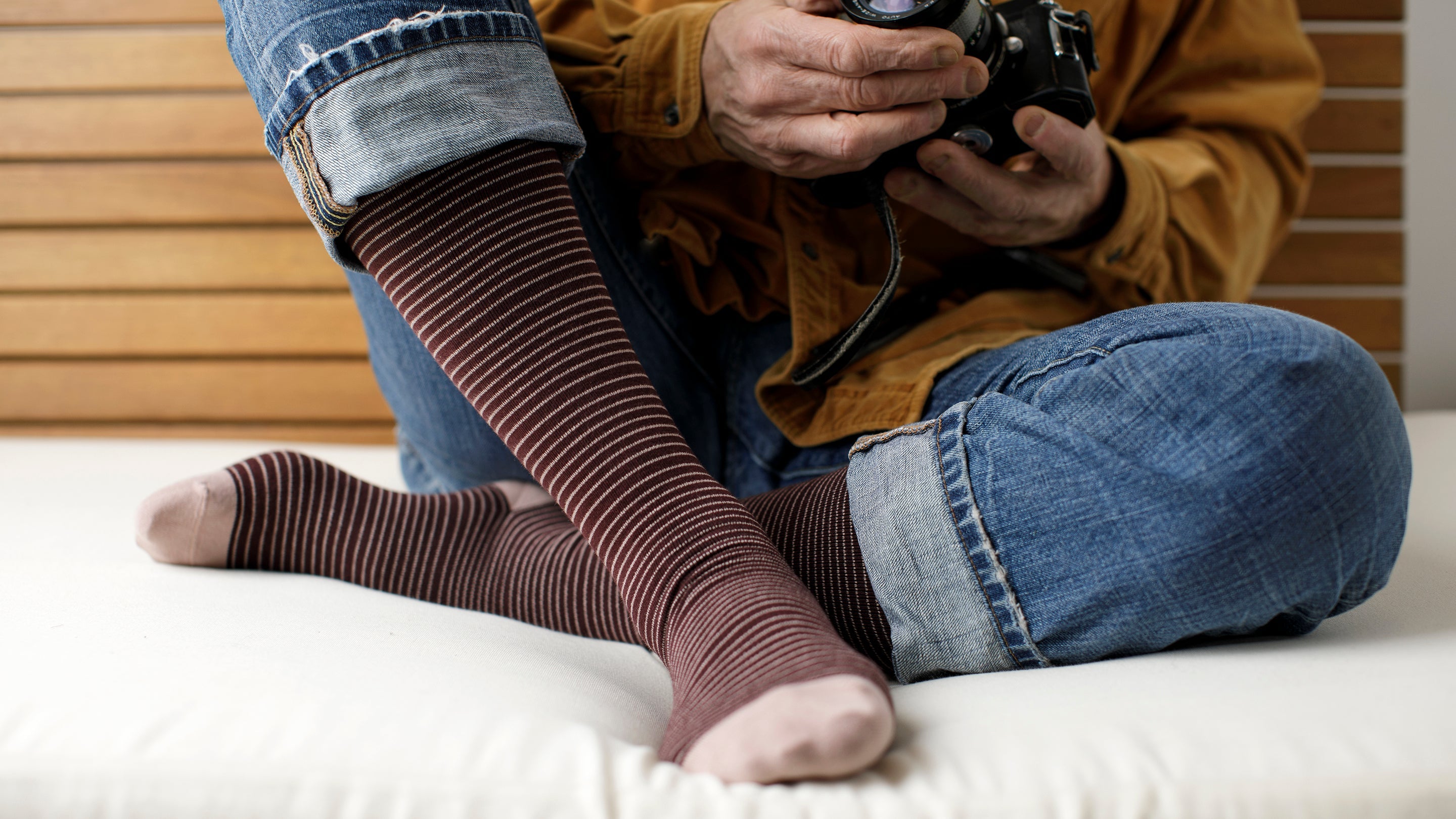







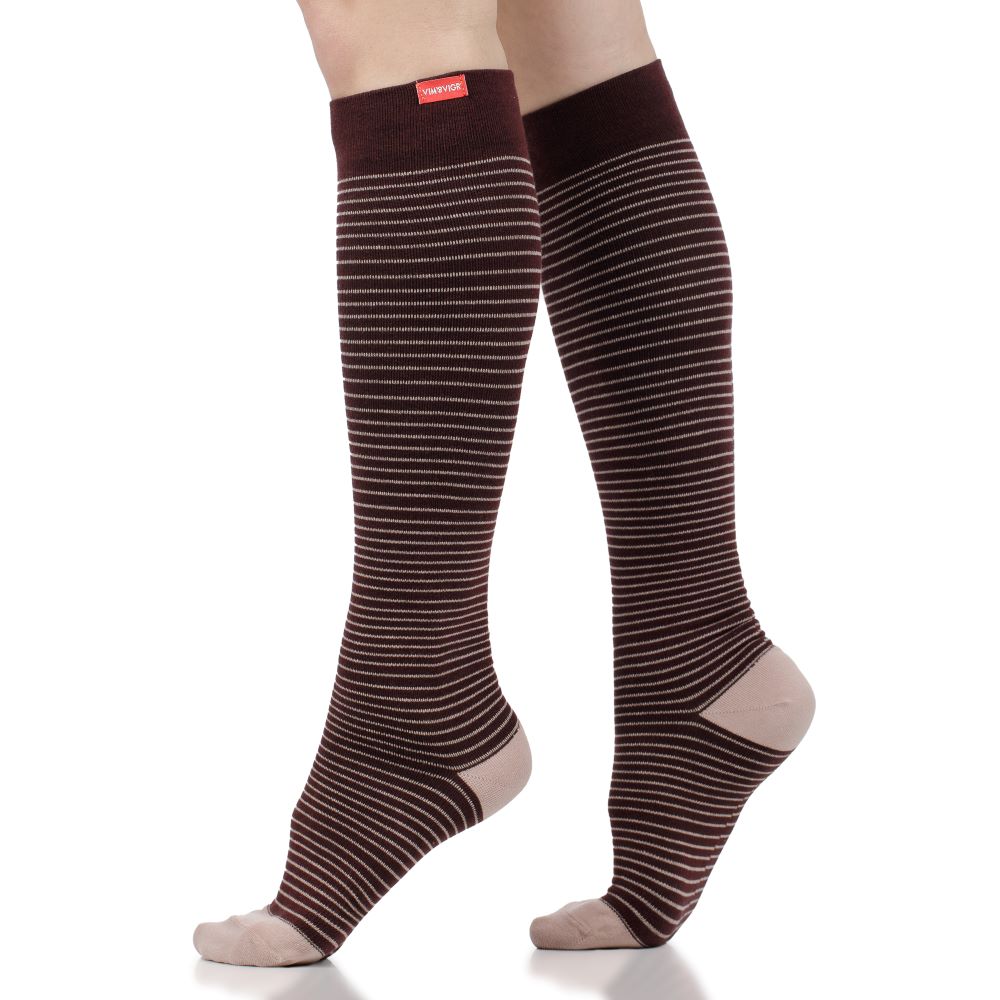
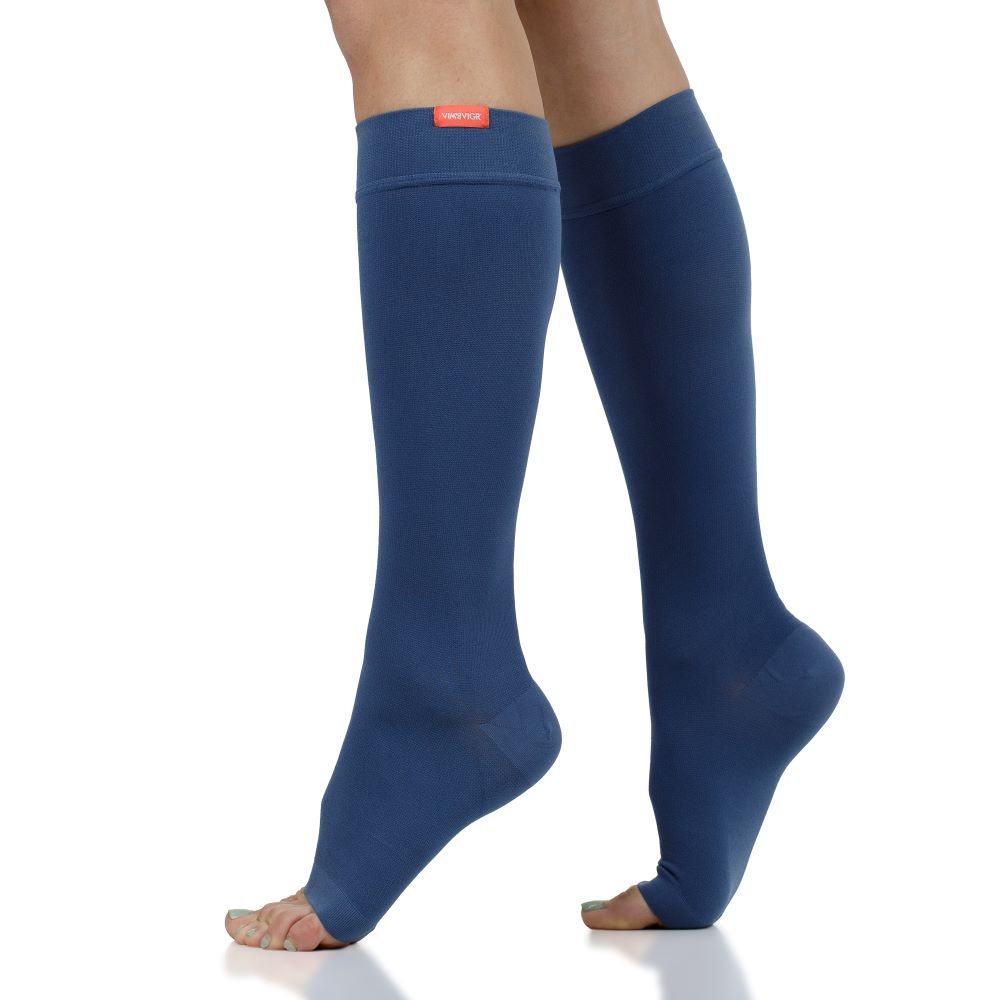






Great information. Thank you.
Leave a comment